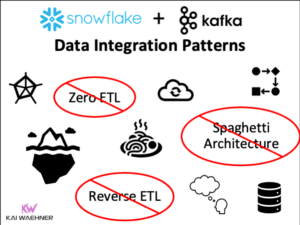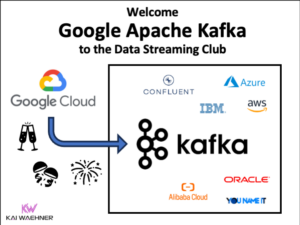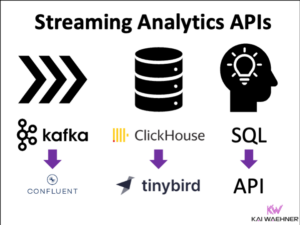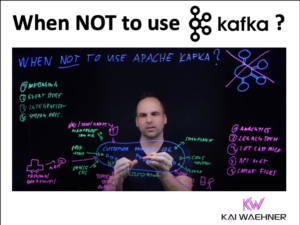This week, I was at CamelOne 2012 in Boston, organized by FuseSource. The sessions addressed several open source integration projects from Apache. Here is a short summary of the event…
Content
Sessions covered several open source projects such as Apache Camel, Apache ActiveMQ, Apache ServiceMix, and Apache CXF. Attendees learned directly from their peers and other industry experts how open source can deliver measurable technical and business benefits to their organizations.
Besides Camel, ActiveMQ, ServiceMix and CXF, several other interesting topics were covered, for example:
- Gamification – using fun and engagement to build great software. In this session, author and industry expert Gabe Zichermann presented the key patterns and pitfalls of gamification, providing a technology and strategy-focused session that covers the most critical things you need to know about this trend.
- The Apache Way provided an introduction to “The Apache Software Foundation” – it’s history, organization and principles, and how Apache projects work.
- JBoss presented its new Enterprise Service Bus (ESB) “SwitchYard” which is based on Apache Camel.
- Apache Apollo is a subproject of ActiveMQ and offers a next generation messaging system with better performance and scalability. Apollo is implemented in Scala and offers plugins for several modern communication protocols.
Of course, FuseSource also showed its newest product releases. For instance, Fuse IDE is an awesome tool for creating Camel routes and managing deployments of ServiceMix.
All sessions were recorded. Videos and slides will be available at the CamelOne website soon – free for everybody.
My Sessions
I had two presentations at CamelOne 2012. Both contained advanced content about Apache Camel (no surprise) including several live demos.
Spoilt for Choice – Which Integration Framework to choose?
The interfaces between different applications use different technologies, protocols and data formats. Three integration frameworks are available in the JVM environment which implement the well-known Enteprise Integration Patterns (EIP) and therefore offers a standardized, domain-specific language to integrate applications – Apache Camel, Spring Integration and Mule. In this session, Kai will compare the three alternatives and discuss the pros and cons of each. Kai will also recommend when to use a more powerful Enterprise Service Bus (ESB) such as Apache ServiceMix.
######
Spoiler:
Even though it is CamelOne, I do not recommend to always use Camel
######
Click on the button to load the content from www.slideshare.net.
BPM beyond Web Services
Business Process Management (BPM) is an emerging approach to optimize business processes and increase efficiency. Today, interfaces are usually specified through Web Service standards. The limitation is unflexible and insufficient. This session shows the powerful combination of two open source products: Activiti for BPM and the integration framework Apache Camel. This combination allows to model and realize BPM. While the model and execution base on the new BPMN 2.0 standard, the integration of every thinkable technology besides Web Services, such as FTP, JMS, cloud services, and many more, is supported by Apache Camel.
Click on the button to load the content from www.slideshare.net.
Location
The conference took place at Sheraton Boston Hotel. Presentation rooms, food and organization were nice. Just the rooms were really expensive: About $300 per night – even with FuseSource special rate. However, Boston is one of the most expensive locations in the United States, so even a cheaper hotel costs $200 and more. At least, the conference was a nice low-budget event with a price of only $595.
Conclusion
CamelOne 2012 was an awesome conference about open source projects. Great talks, interesting people, and good discussions were present everywhere. Several committers from different companies were ready to answer questions and discuss best practices and future roadmaps. Thus, attendants could learn a lot – not just about open source Apache integration projects, but about open source in general…
Best regards,
Kai Wähner (Twitter: @KaiWaehner)




